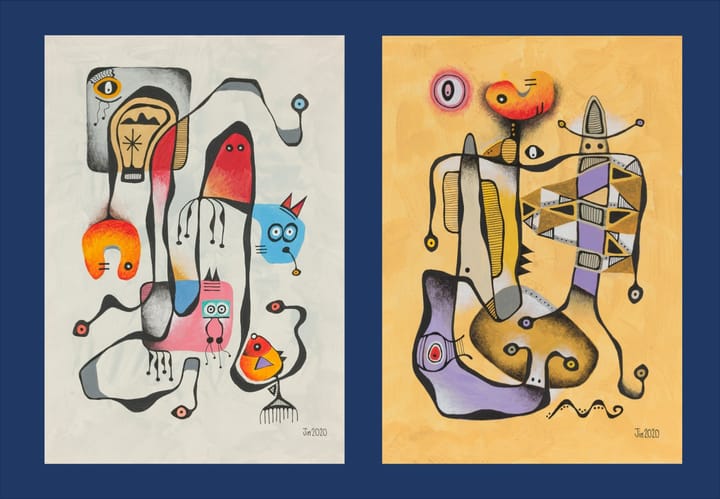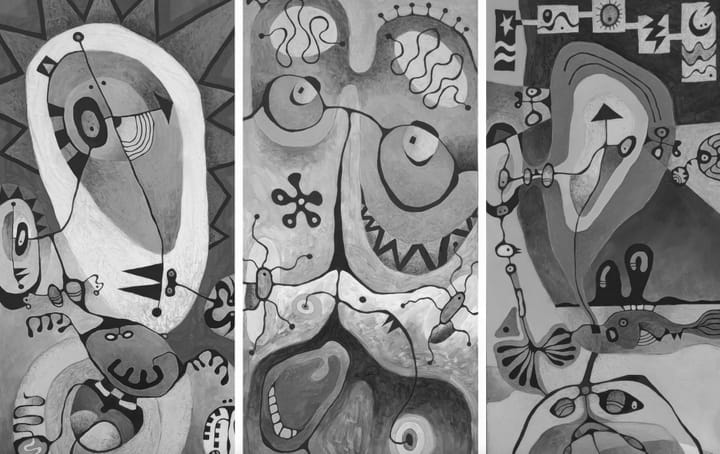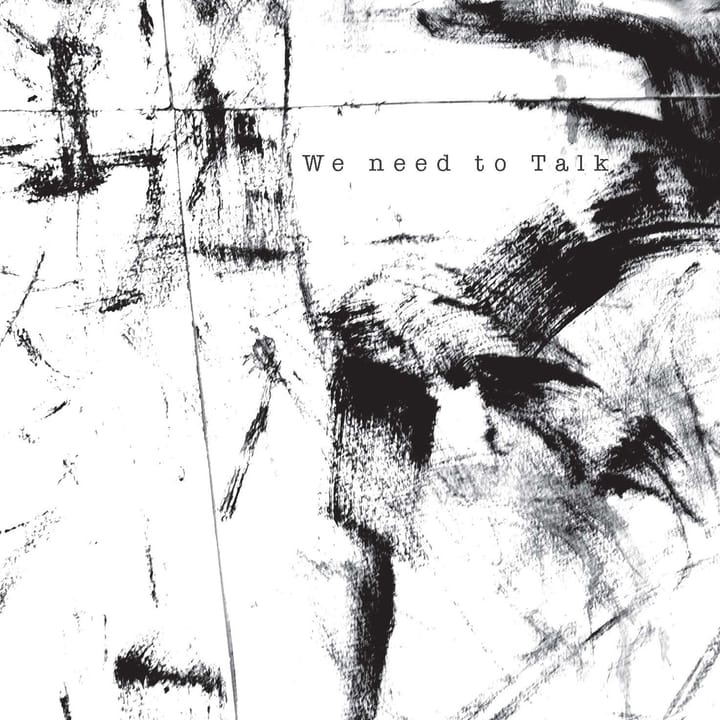Mastry: Breaking boundaries and building bridges for Indonesia-Malaysia art
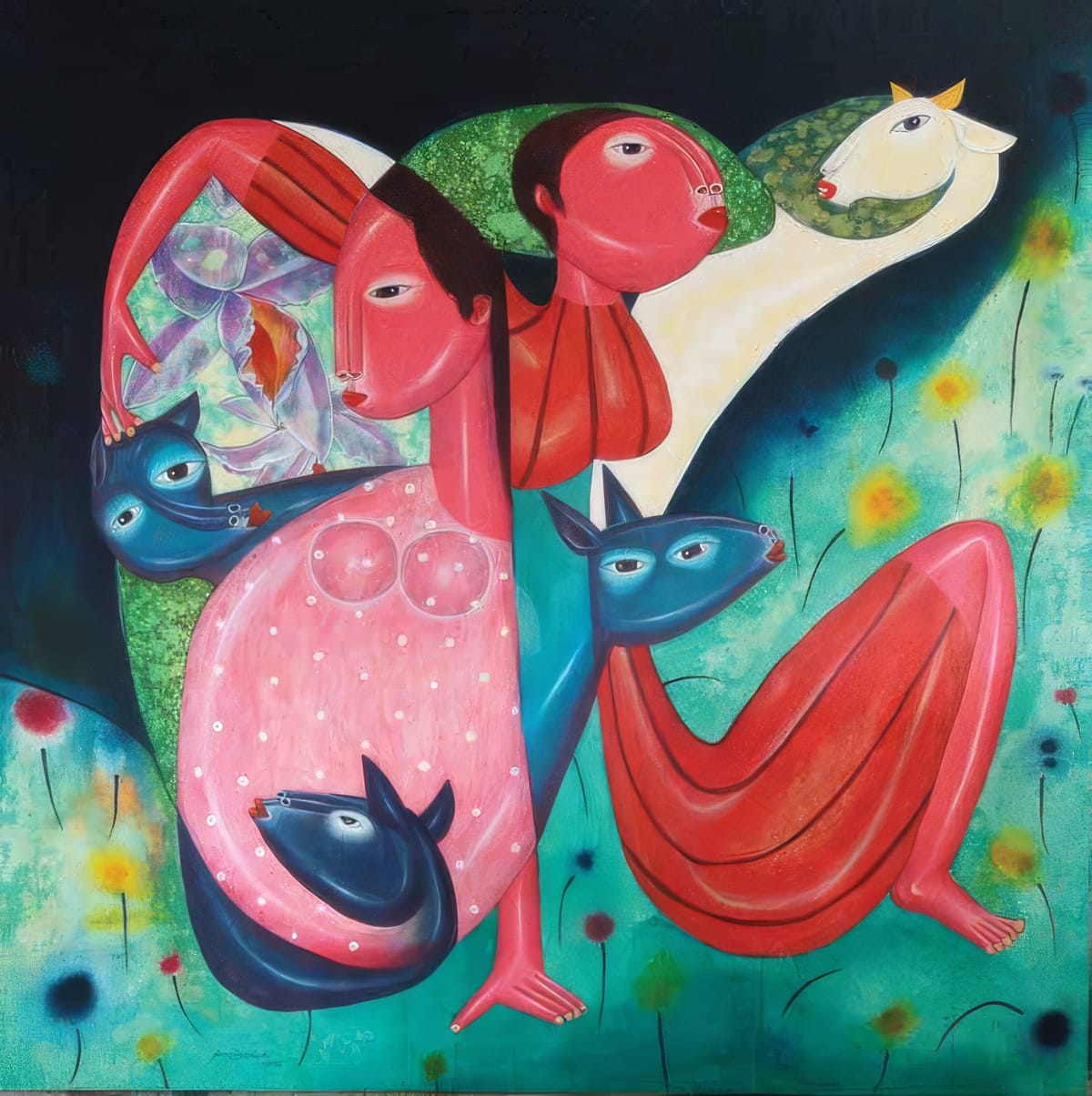
IT BEGAN MONTHS ago, when Stephen Menon confirmed that Mastry, an exhibition showcasing Indonesian and Malaysian artists will take place at the famous TonyRaka Art Gallery in Ubud, Bali. It is a ground-breaking cooperative effort among the ArtVoice Collective of Malaysia headed by Stephen, gallery owner Tony Hartawan Anak Agung B and members of the Sanggar Dewata Indonesia (SDI) of Indonesia.
Mastry, as the show is called, is more than an exhibition; it’s a space where Malaysian and Indonesian artists meet, blending tradition with experimentation. Here, boundaries fade, and new artistic expressions emerge. The artworks explore the balance between discipline and spontaneity, structure and intuition. They don’t just exist—they engage, challenge, and offer fresh perspectives. Mastry redefines creation as an ongoing, borderless process, shaped by diverse yet connected voices.

Indonesia was represented by Made Wiradana, Mantra Ardhana, I Wayan Danu, I Wayan Sudarna Putra, Dalbo Suarimbawa, Made Aswino Aji, I Made Palguna, Ketut Suwidiarta, I Wayan Upadana, and Budi Agung Kuswara (“Kabul”). On the Malaysian side, we have K F Choy, Mat Ali Mat Som, Sanker Ganesh, Poojitha Menon, Moly, Sharini Yogi, Sivananthan K, Rekha Menon, Flora, Tulika Prakash, Tamaka, Zulkefli Talha, Ambika Chadha, Xiandra Alanza, Prashobh Nair, Stephen Menon and me.
On the evening of Saturday, Feb 8, 2025, Mastry was launched to a sizeable and appreciative crowd by Pak Tony. According to him, this Indonesia-Malaysia effort is highly commendable and brings benefits to all its participants. Indeed, he would like to repeat similar events with other countries.
TonyRaka Art Gallery: An Institution in Bali *Click to read
TONYRAKA ART GALLERY (originally called Raka Gallery) was established in 1968 by AA Gede Raka Wirayuda, a renowned wood carver. For nearly 30 years the gallery collected and sold mostly fine-wood carving artwork. In 1997, the business was continued by his son, AA Bagus Tony Hartawan, who broadened the item range of the gallery. The gallery started to present modern and contemporary artworks (paintings, sculptures and instalations). Tonyraka Art Gallery also represents some overseas artists, most of whom have lived and worked in Indonesia especially Bali. As a young entrepreneur who concerns himself with the growth of local artwork, Tony has put a new vision and mission for his gallery: It should not act merely as a commercial enterprise; it must also be able to play the role as a valuable cultural entity. While its initial purpose was to add value to the gallery, it is now also endorsing the growth and development of local artwork, particularly in Bali.






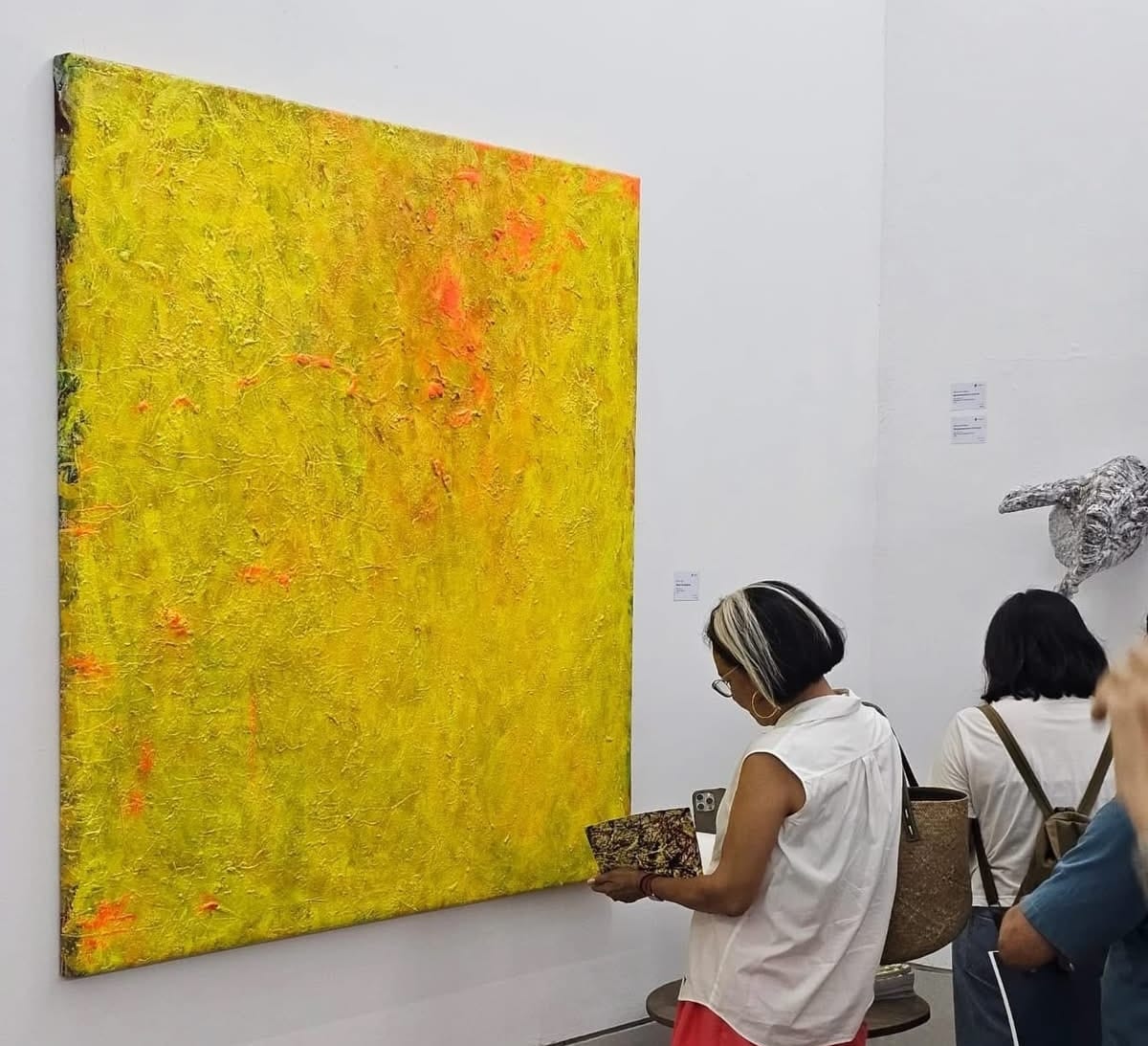


Crowd at the launch event of Mastry, Saturday, Feb 8, 2025, at TonyRaka Art Gallery, Ubud, Bali. Photos courtesy of Sharini and Sangker
Highlighting the progressive art scene in Bali, the Mastry catalogue features an essay on the dynamism of Sanggar Dewata Indonesia (SDI), an influential art movement and co-organiser of the exhibition. The essay is written by I Wayan Agus Eka Cahyadi, a 41-year-old lecturer at the Institut Seni Indonesia, Denpasar. He writes:
Balinese art itself has taken a progressive turn. Balinese Fine Arts occupy a special place in discussions about modern Indonesian art. Modern Balinese art was born and developed under the strong influence of traditional art, blending with an understanding of Western art, manifesting in a uniquely Balinese character. At that time, Walter Spies and Rudolf Bonnet played significant roles in sparking various innovations. However, the flexibility of the Balinese people and artists in accepting new ideas and their readiness to embrace change were the true determining factors of this transformation (Sunento Yuliman, 2001: 300).
For the first and important part of the essay that gives the background, click on the box below:
Dynamic Vitality of Sanggar Dewata Indonesia (SDI)
Balinese Fine Arts occupy a special place in discussions about modern Indonesian art. Modern Balinese art was born and developed under the strong influence of traditional art, blending with an understanding of Western art, manifesting in a uniquely Balinese character. At that time, Walter Spies and Rudolf Bonnet played significant roles in sparking various innovations. However, the flexibility of the Balinese people and artists in accepting new ideas and their readiness to embrace change were the true determining factors of this transformation (Sunento Yuliman, 2001: 300).
This new art movement in Bali was later accommodated within the Pita Maha group, based in rural areas. Subsequently, Balinese art found dynamic momentum within academic environments. Discussions of modern Balinese art after Pita Maha must inevitably mention the presence of Sanggar Dewata Indonesia (SDI). SDI was founded in the 1970s by a group of students from STSRI “ASRI” Yogyakarta (now ISI Yogyakarta). Nyoman Gunarsa, Made Wianta, Wayan Sika, Nyoman Arsana, Pande Gede Supada, and Wayan Arsana Guna formed SDI with the motivation to create a creative platform for Balinese artists studying in Yogyakarta.
SDI’s presence quickly attracted attention because it offered a different flavor amidst the vibrant art scene of Yogyakarta and Indonesia. Operating from a foundation of Balinese spiritual-cultural-religious values, expressed with a modern dialect, SDI managed to make a significant mark in the national art discourse. This paradigm dominated SDI’s trajectory for nearly two decades, strongly influencing the early 1970s and 1980s generations within SDI.
In the 1990s, SDI entered a highly dynamic period. Its artistic palette became richer through the emergence of smaller groups within each cohort. The intense socio-political upheavals in Indonesia, culminating in the fall of the New Order regime, also impacted the direction and tone of SDI artists’ creations.
At that time, the 1990s generation, dominated by young artists, began to find momentum to explore different paths from their predecessors. They became interested in social and political themes and dared to break free from narrow Balinese identities to present a more universal Balinese identity. This movement continued and strengthened in the early 2000s, as evidenced by the major SDI exhibition “Termogram” at the Neka Museum in 2003, which was considered to represent SDI’s contemporary face.
Viewing SDI today is certainly different from ten or twenty years ago. The long journey they’ve undertaken proves their ability to adapt, face turbulence, and respond to changes over time. They now seem to move more freely through non-exclusive, cross-generational small groups.

Mantra Ardhana enriches SDI’s diversity with technically skilled works, blending elements of flora, fauna, and humanity into fantastic forms. Through his art, Ardhana invites audiences to reflect on the transformative forces shaping contemporary life.

I Made Palguna’s consistency has led to a distinct visual expression. His simple forms, supported by fluid lines (reminiscent of Gusti Nyoman Lempad’s work), make his art visually delightful, despite containing profound narratives.

A more progressive dynamic can also be found in Wayan Sudarna Putra’s pieces. After undergoing “self-deconstruction,” his art has been reborn with renewed energy.


Wayan Upadana often presents symbols or objects in unusual conditions, habits, or contexts, creating space for critical reflection and new interpretations of Balinese iconography.


Spontaneous line work interacts with figurative elements—two major tendencies from the 1990s. Some artists contrast these styles, while others merge them, as seen in I Made Wiradana’s works, where spontaneity and strong narrative structures coexist.

I Ketut Suwidiata, Divine Mother, 2025, Acrylic on canvas, 200 cm x 100 cm
Ketut Suwidiarta engages in cultural interaction, juxtaposing diverse cultural symbols in fresh visual narratives. Serious content is often presented with a playful, parodic style that lightens the mood.


Budi Agung Kuswara: Blooming Pose (left), 2016, Cyanotype, ink on cotton paper, 115 cm x 153 cm and Juxtapose #1, 2021, Cyanotype, ink on cotton paper, 153 cm x 80 cm
Budi Agung Kuswara employs a complex narrative style, filled with signs and symbols representing memory and history—depicting grandeur, power, stereotypes, stigma, oppression, colonialism, and more.


Dalbo Suarimbawa: Barong Kaang Series (2025): Depth Butterfly (left), 36 cm x 50 cm x 72 cm and Coral Lion, Aluminium and Magazine paper, 32 cm x 57 cm x 54 cm. These are two of the eight pieces exhibited by Dalbo
Abstract expressionism, dominant among the 1980s and early 1990s SDI generations, still echoes in current works, though with a more dynamic character. For example, Dalbo Suarimbawa channels his energy through spontaneous, flowing brushstrokes. Dark, muted tones subtly burst into bright splashes and clusters, evoking vast landscapes or shadowy figures in expressive gestures—twisting, bowing, gazing upward or downward—suggesting specific emotional states.



Aswino Aji: Petualangan Mencari Bentuk l, 2025, Mixed media, 59 cm x 79 cm, Petualangan Mencari Bentuk lI, 2025, Mixed media, 59 cm x 79 cm and Petualangan Mencari Bentuk IIl, 2025, Mixed media, 59 cm x 79 cm
A similar approach, reminiscent of Gusti Nyoman Lempad’s work, is evident in Aswino Aji’s works, where consistency has shaped a strong, imaginative artistic identity.

I Wayan Danu, Toy Box, 2025, Mixed media, Dimensions Variable
I Wayan Danu takes a more unbound creative path, not anchored to specific trends or styles. He allows his works to emerge organically from found materials, embracing spontaneity to create unexpected forms. Danu doesn’t limit himself to particular media—diverse materials intertwine harmoniously to enhance meaning.
All commentaries on the works of the Indonesian artists are by I Wayan Agus Eka Cahyadi of the Institut Seni Indonesia Denpasar.
Mastry, which is being held at the TonyRaka Art Gallery, runs from February 8 to March 15, 2025. The gallery, situated at Jl. Raya Mas No. 86 Mas, Ubud, Bali Indonesia, is open from 9am to 5pm.
Other contact details:
Phone: +62 81 236 008 035
Fax: +62 361 975 207
Email: info@tonyrakaartgallery.com
www.tonyrakaartgallery.com
Click here to read Part 2 on Mastry: ArtVoice opens another international corridor
